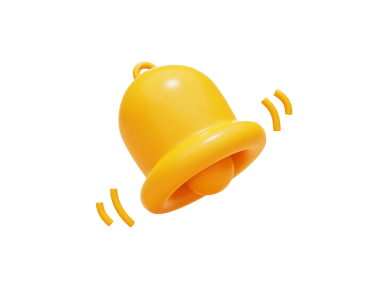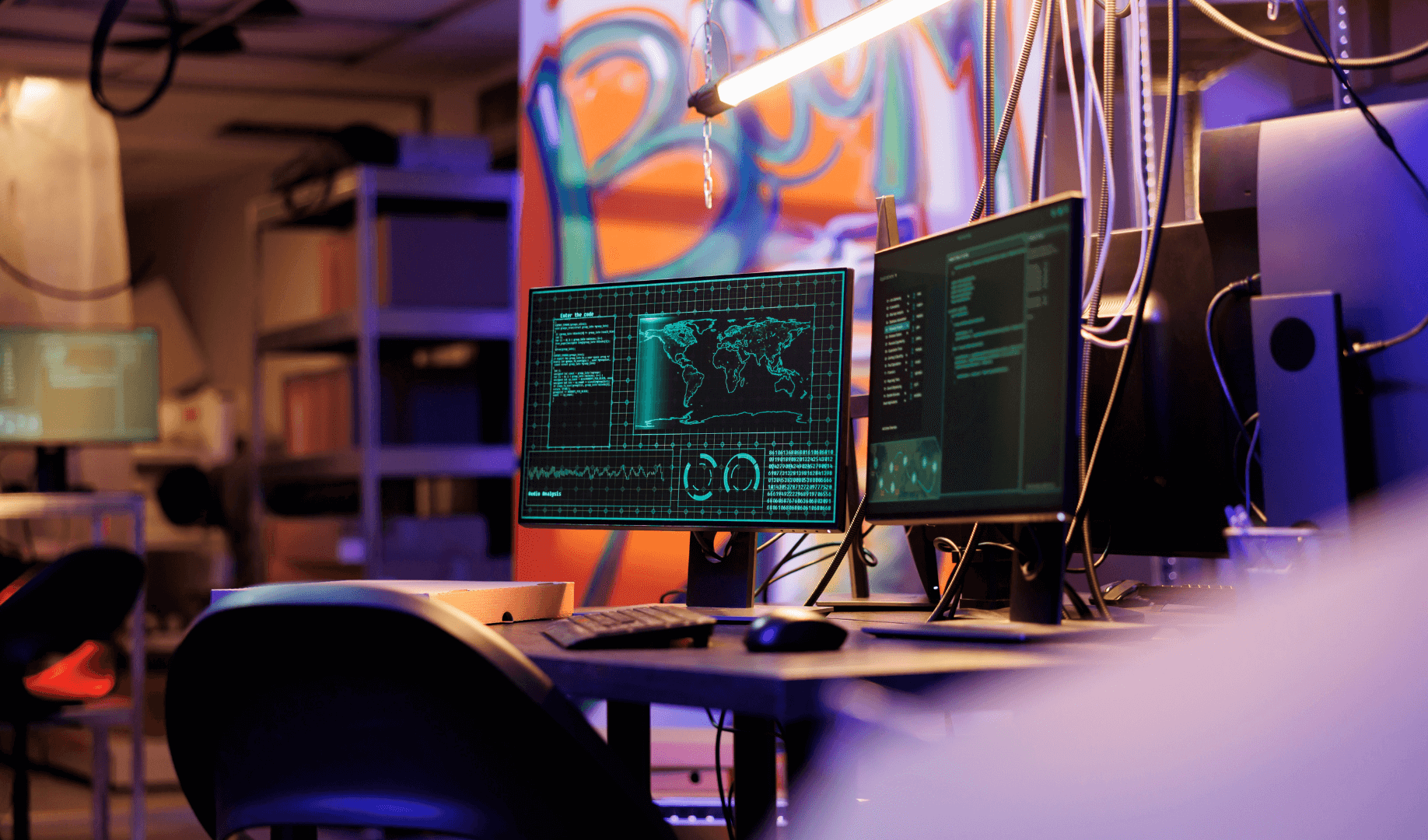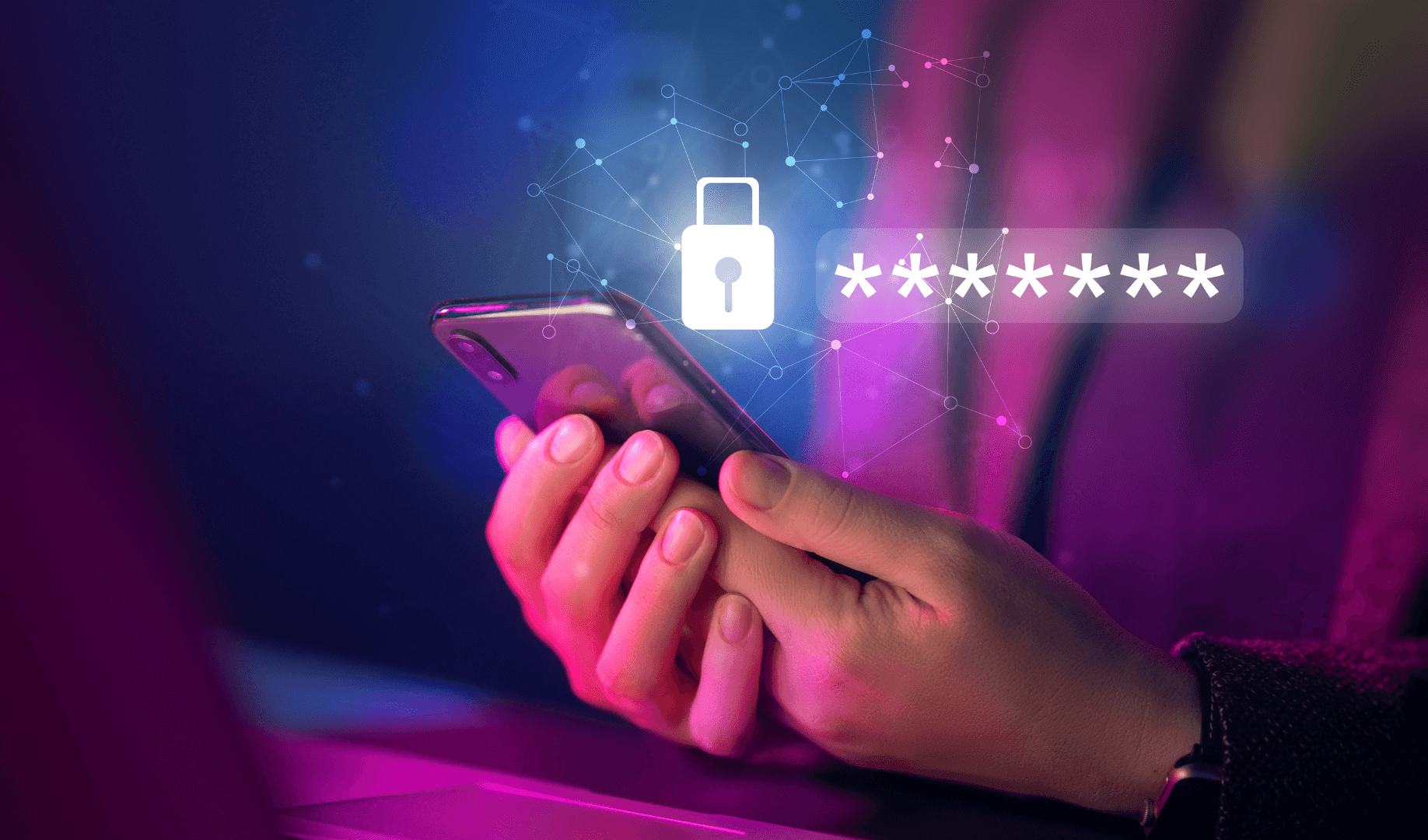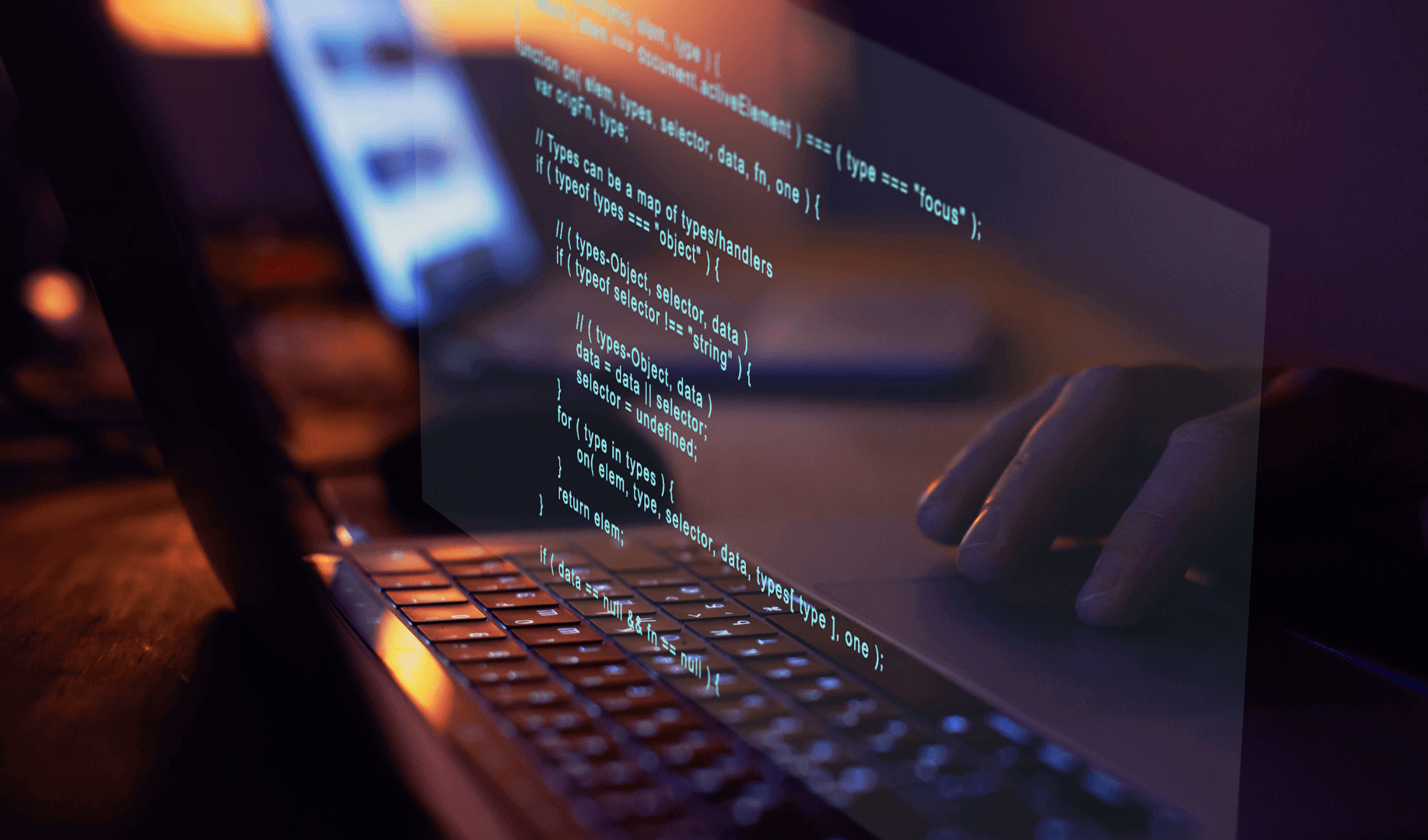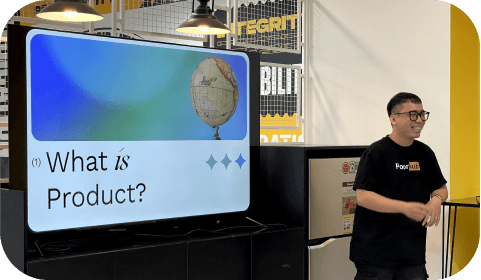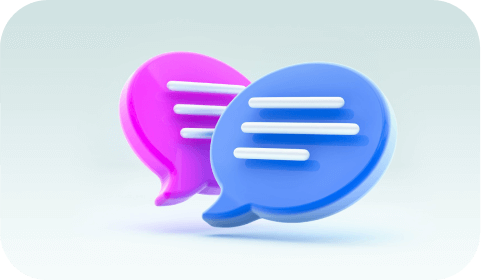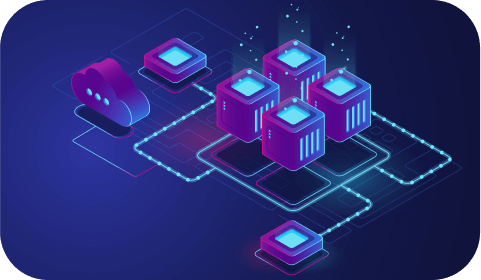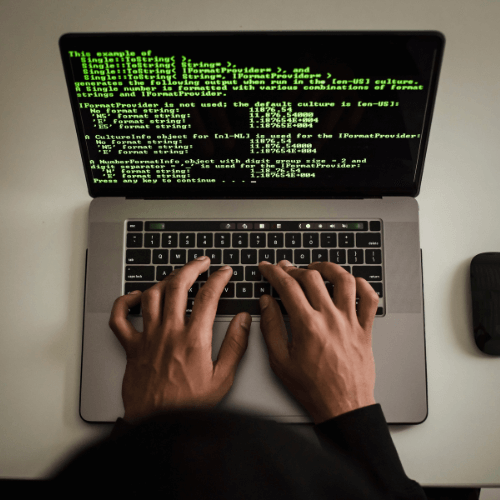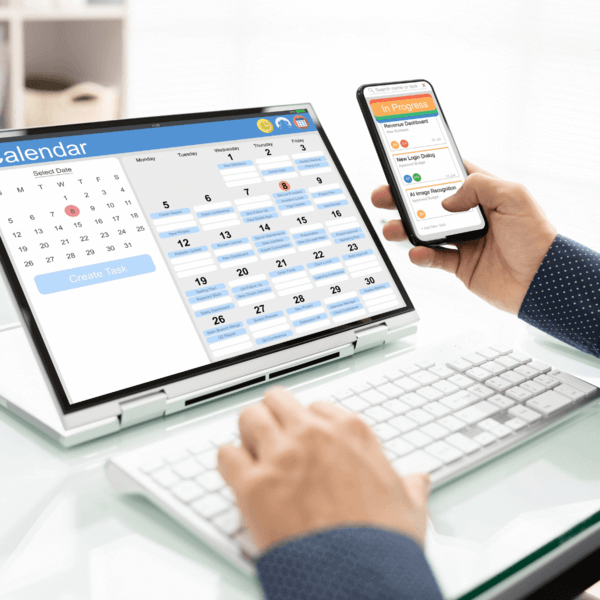How to Create an NFT in 2025?
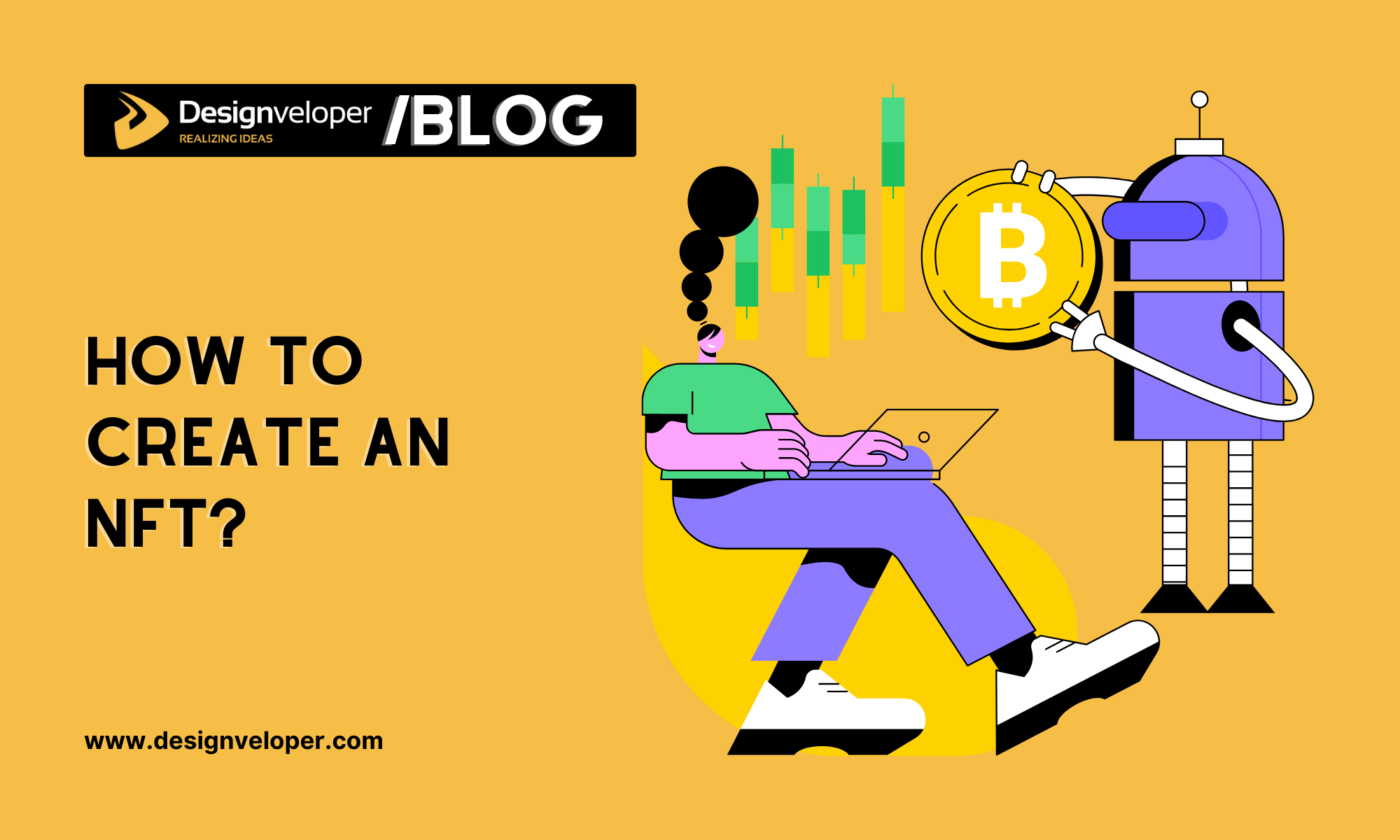
You can make NFTs in 2025 more effortlessly than before. In this article. we’ll show you how to create an NFT in 2025 with current data and trends supporting each step. No matter if you’re drawing, collecting, or exploring, making your own NFT is now more straightforward than it’s ever been. Everyone from artists and collectors to anyone curious can discover essential information in this guide.
Requirements for Creating an NFT
To launch an NFT (non-fungible token), detailed planning is needed for the best outcome. Data shows us that the NFT market will expand quickly, with expected earnings of €627.6m in 2025. By being prepared, you can get a good headstart in this lucrative market.
FURTHER READING: |
1. Top 10 NFT Development Companies |
2. Everything About NFT Development |
Digital Wallet
Before you make your own NFT, you need to open a digital wallet first. Your cryptocurrency funds and NFTs will be saved in this wallet.
- Choose a Wallet: Look for a wallet application that lets you handle NFT deals. Including MetaMask, Trust Wallet, and Zengo, you have plenty of wallets to pick for NFT transactions.
- Set Up the Wallet: Do what your wallet tells you to do: make an account and protect it with a password that’s tough to guess.
- Get Cryptocurrency: Buy Ethereum with your real money, since it’s the main currency used when you want to trade NFTs.
- Transfer Funds: Put your cryptocurrency in your digital wallet so you can use it later.
Your NFTs stay protected from hackers and unwanted access when you keep them in a secure digital wallet. Zengo protects your identity using a biometric code that is both secure and encrypted.
Cryptocurrency
Learn how cryptocurrency works before you start making your own NFTs. Cryptocurrency works like money on computers, keeping all transactions safe with tough-to-crack secret codes. It uses blockchain tech to keep all its activities open and spread out.
January 2025 shows Bitcoin, the original cryptocurrency, leading in value with a $2.08 trillion worth across all coins in circulation. Due to its ability to run smart contracts, Ethereum has become the top choice for most NFT creators.
By 2025, the crypto market had soared to its highest level, reaching a value of $3.62 trillion. The cryptocurrency market got bigger because more traditional companies started using it, and decentralized finance services continue to expand. Tether (USDT), which stays stable in price, has grown important in the market when prices fluctuate.
CoinMarketCap and Statista’s reports give full details on how the market moves and what its numbers say. The ViaBTC Annual Report dives deeply into mining operations and predicts what will change in cryptocurrency mining next.
After the rollout of the Department of Government Efficiency in November 2024, Dogecoin’s price sharply rose from its previous value. Government actions clearly shape how cryptocurrency markets move.
NFT Marketplace Account
You must first create an account on a well-known NFT marketplace before making your own NFT. OpenSea and Magic Eden are the marketplaces most people use. You can use these platforms to complete three main actions: buying, selling, and making NFTs.
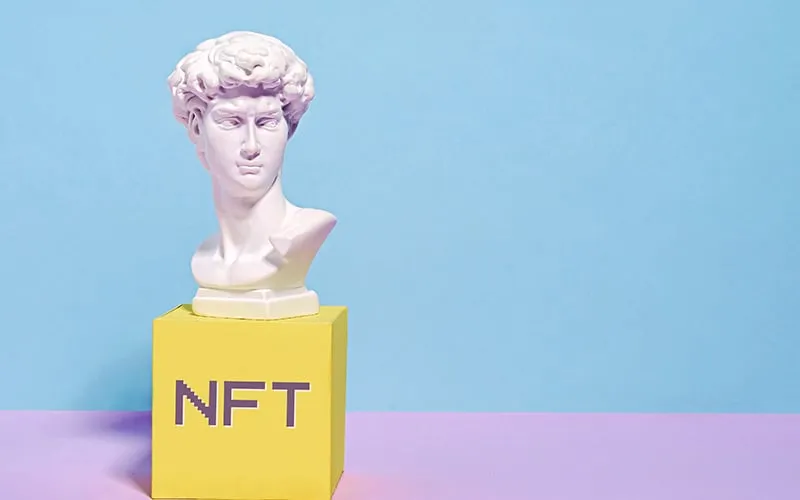
OpenSea leads the NFT marketplace by selling every kind of digital item out there. Magic Eden targets gamers and collectors by offering its creators special chances to create and sell NFTs.
Begin your journey by picking an NFT marketplace that matches what you want to do. Every marketplace comes with its own unique options for payments, along with different sets of features, and charges you may need to pay. Check all the conditions and rules before signing up.
Setting up an account is straightforward. Logging in requires you to enter basic details about yourself and prove who you are. Once your account is ready for use, you can browse the marketplace to find and learn about the many kinds of NFTs they offer.
Digital File
You create an NFT using a digital file. You can upload every kind of digital stuff as a file – whether it’s computer drawings, tunes, moving images, or virtual collectibles from video games. Your file should be top-notch and one of a kind to succeed.
Digital art NFT sales in the market jumped to $15.7 million in April 2024. Your digital file quality directly affects its market performance. When artist Pak sold his NFT “The Merge,” it became history’s priciest NFT, fetching $91.8 million.
A report from Technavio foretells that the NFT industry will expand by $84 billion between 2025 and 2029 because more people want to buy digital art. We can clearly see that files with high-quality standards are worth more and have long-term prospects.
When you make your digital work, use Adobe Photoshop for artwork or Audacity for audio creations to get a polished, professional-looking file. Online services such as OpenSea and Rarible feature straightforward apps that help you create your own NFTs.
Understanding of Gas Fees
When you make an NFT, you have to pay gas fees to keep the blockchain working properly during the transaction. These fees give money to the blockchain’s validation team for keeping the network running safely.
Price for network activity costs shifts with how much the network is being used right now. In January 2025, Ethereum users who minted NFTs paid for gas fees that varied between $0.30 and $0.33. When more people want to use the network, gas fees increase in the same way that carpool rates go up during busy times.
Cut down your minting costs by creating NFTs when fewer people are using the network. OpenSea gives you ways to watch and keep your gas fees within control.
Knowledge of Pricing Principles
When making an NFT, you need to learn important valuation rules to set the right price for your digital asset. Here are some essential aspects to consider:
- Rarity: What makes an NFT different from others plays a major role in setting its selling price. Unique NFTs and those that are only made once usually sell for more money. The CryptoPunks series limits its collection to 10,000 pixel images, and that scarcity has skyrocketed some pieces to sales of several hundred thousand dollars.
- Utility: The price of an NFT goes up or down based on how many ways it can be used. NFTs valued higher when they provide holders with access to special content or events that no other tickets provide.
- Social Proof: An NFT’s value grows when it becomes popular and when its creator is well respected. NFTs from famous artists or eminent brands usually have higher market values.
- Ownership History: The buyers and chains of transactions an NFT has been through can change how much it’s worth. NFTs owned by famous people before being bought by someone else tend to attract more buyers.
- Liquidity Premium: NFTs available on common marketplaces with straightforward sales and purchases get higher prices from buyers because they’re easier to trade. Online platforms such as OpenSea and Rarible make it easier for people to buy and sell their NFTs.
- Speculation: How much people guess NFTs will be worth helps push their prices higher when they get popular or become a big deal. Market prices can go up and down rapidly when speculation swings wildly.
- Market Trends: Watching current market patterns and gathering statistics is important. The combined sales across top NFT marketplaces grew by 91.9% from January to February 2023, hitting USD 1.89 billion in transactions.
How to Create an NFT
By 2025, more people are choosing to make their own unique digital tokens, known as NFTs. Even though sales have dropped recently, young people continue to show high interest in NFTs. With support from current market data and trends, this guide makes it easy to create your own NFT in just seven steps.
Choose a Blockchain

Starting your NFT project means picking which blockchain will work best for your needs. Here are some key considerations:
- Popularity and Adoption: Ethereum remains the most popular blockchain for NFTs. The platform has built a big number of loyal users and has widespread help from both software creators and hosting services. While Ethereum is still the main blockchain for NFT creators, BSC and Solana are drawing more users because they charge lower fees and complete transactions more quickly.
- Transaction Fees: Folks find it hard to afford transactions on Ethereum because of its high fees. Shoppers and creators are drawn to BSC and Solana because their costs to use are far less than other options.
- Speed and Scalability: Solana is famous for moving thousands of transactions every second without delays. You can use it for growing projects since it can handle a lot of work at once.
- Security and Reliability: Before selecting a blockchain, review how well it protects your assets and any security history. Ethereum is secure, but newer blockchains keep adding stronger protection features.
- Community and Ecosystem: An engaged community and strong network help you find help, tools, and partners to work with. Ethereum’s user community is already large and solid, but the user networks around BSC and Solana are getting bigger quickly.
- Environmental Impact: New versions of Ethereum and other blockchains are changing to use less energy when they verify transactions. Analyze how much the blockchain affects the environment when selecting which one to use.
To learn more, check out the Blockchain Technology Market Size & Growth Report created by Grand View Research.
Set Up a Crypto Wallet
Building your NFT begins when you make a crypto wallet account. To handle and keep your digital currencies secure, you need a crypto wallet. Here’s how to get started:
- Choose a Wallet Type: Most digital wallets fall into one of two categories: those that stay online and those that stay offline. Online hot wallets connect to the internet for easy use, while offline cold wallets protect your digital assets better.
- Select a Wallet Provider: Three common wallet services you can choose from are MetaMask, Trust Wallet, and Coinbase Wallet. Each wallet supplier offers unique characteristics and has things you might prefer.
- Download and Install: Go to their website or look for it in your phone’s app store to get the wallet. Use their instructions to complete the wallet setup on your mobile phone or computer.
- Secure Your Wallet: Use two-step check-ins when logging in and keep your backup key in a very secure location. You safeguard your funds with these precautions.
- Add Funds: Move your cryptocurrency into your wallet’s account. To get cryptocurrency in your wallet, you have three ways: accept a bank transfer or credit card payment, or move it from a different wallet you already own.
- Start Using: After you install the wallet and add money to it, you can make your NFT.
Getting your crypto wallet ready is easy, and you need this step done before you can make your NFT.
Connect Your Wallet to an NFT Marketplace
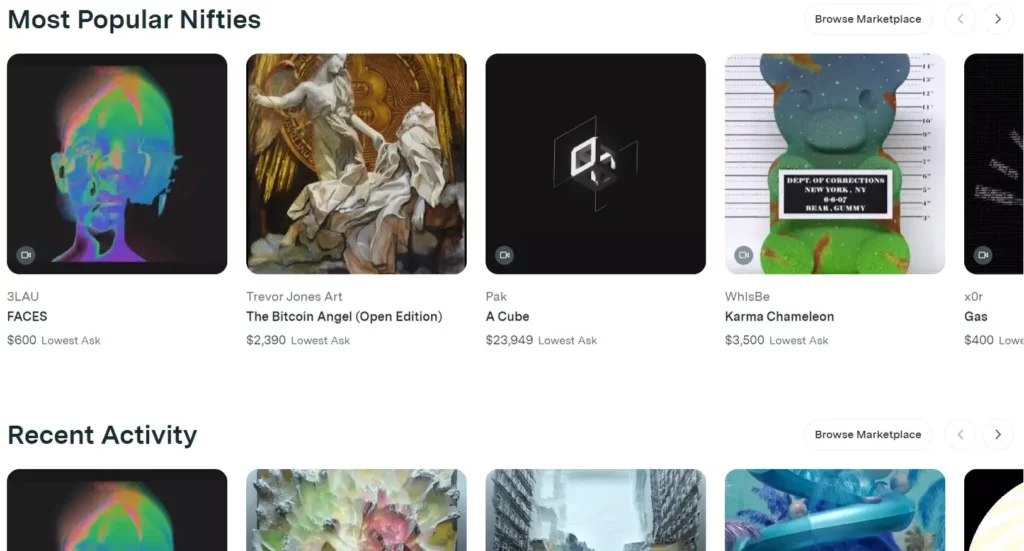
You have to link your digital wallet to a marketplace to create your first NFT. This part of the process matters because you’ll need both to control what happens with your NFTs in the marketplace. Here’s how you can do it:
- Choose a Wallet: Three commonly used wallets are MetaMask, Phantom, and Trust Wallet. Each wallet works with several types of blockchains, such as Ethereum, Solana, and Polygon.
- Install the Wallet Extension: Find and add your digital wallet extension through your internet browser’s store page. Open your downloaded wallet in your web browser and either create a new account or add information to access an existing one following their guide.
- Visit the NFT Marketplace: Visit one of these NFT marketplaces – OpenSea, MagicEden, or Blur.io – to get started.
- Connect Your Wallet: On the marketplace page, press the “Connect Wallet” button. A pop-up window will show up, so you can pick which wallet you installed.
- Verify the Connection: Look in your account or profile to make sure your wallet shows up connected on the marketplace.
You can connect your wallet easily if you follow the steps properly to prevent problems. With your wallet linked, you can visit and navigate the market — purchase and sell NFTs, and even make your own.
Create Your NFT
When you make an NFT (non-fungible token), it’s always fun. Here’s a step-by-step guide to help you get started:
- Choose Your Digital Asset: Find a one-of-a-kind digital thing you own the rights to, like artwork, music, or a digital collectible. Make sure you are allowed by law to create the NFT with this digital item.
- Select a Blockchain: Pick which blockchain network you will use to generate your NFT on. The top choices for blockchain platforms to mint your NFT are Ethereum, Binance Smart Chain, and Solana.
- Create a Digital Wallet: Create a secure online wallet where you can keep both your NFTs and digital currencies. Three convenient wallets for users are MetaMask, Trust Wallet, and Coinbase Wallet.
- Mint Your NFT: Choose one of these NFT platforms – OpenSea, Rarible, or Mintable – to make your NFT official. Put your digital file on the site and complete the steps provided to turn it into an NFT.
- Set Up a Listing: When your NFT is ready, put it up for purchase on a marketplace site. Add details of your digital item, its cost, and any extra info buyers might need.
- Promote Your NFT: Make sure people know about your NFT by putting it everywhere on social media, connecting with NFT-focused groups, and talking with those who might buy it.
- Sell or Trade Your NFT: Keep an eye on your NFT’s listing and talk with anyone who shows interest in buying it. After the NFT is purchased, the blockchain documents the deal to confirm real ownership.
Conclusion
Anyone can easily make an NFT in 2025, and it’s a really fun process. With current recovery in the NFT industry, now’s an ideal moment to start building your own. Market experts estimate the NFT industry will increase its value to $84 billion by the year 2029. Two driving factors behind its expansion: more people buying digital art pieces, and well-known companies starting to participate.
You can start by signing up with popular NFT marketplaces such as OpenSea or Rarible. You can find these platforms easy to use and they work with different blockchain systems. Then, you’ll need to open a digital crypto wallet that will hold both your NFTs and other digital currencies. MetaMask and Trust Wallet are popular choices.
After creating your digital wallet, upload your file and fill out the needed information to mint your NFT. After paying your transaction charge, your NFT appears on the blockchain. Share your NFT on your social networks and participate in NFT groups to find people who might want to buy it.
Remember, creating an NFT is just the beginning. To win in this ever-changing area, interact with other NFT creators and people, and keep an eye on market changes. Happy minting!




